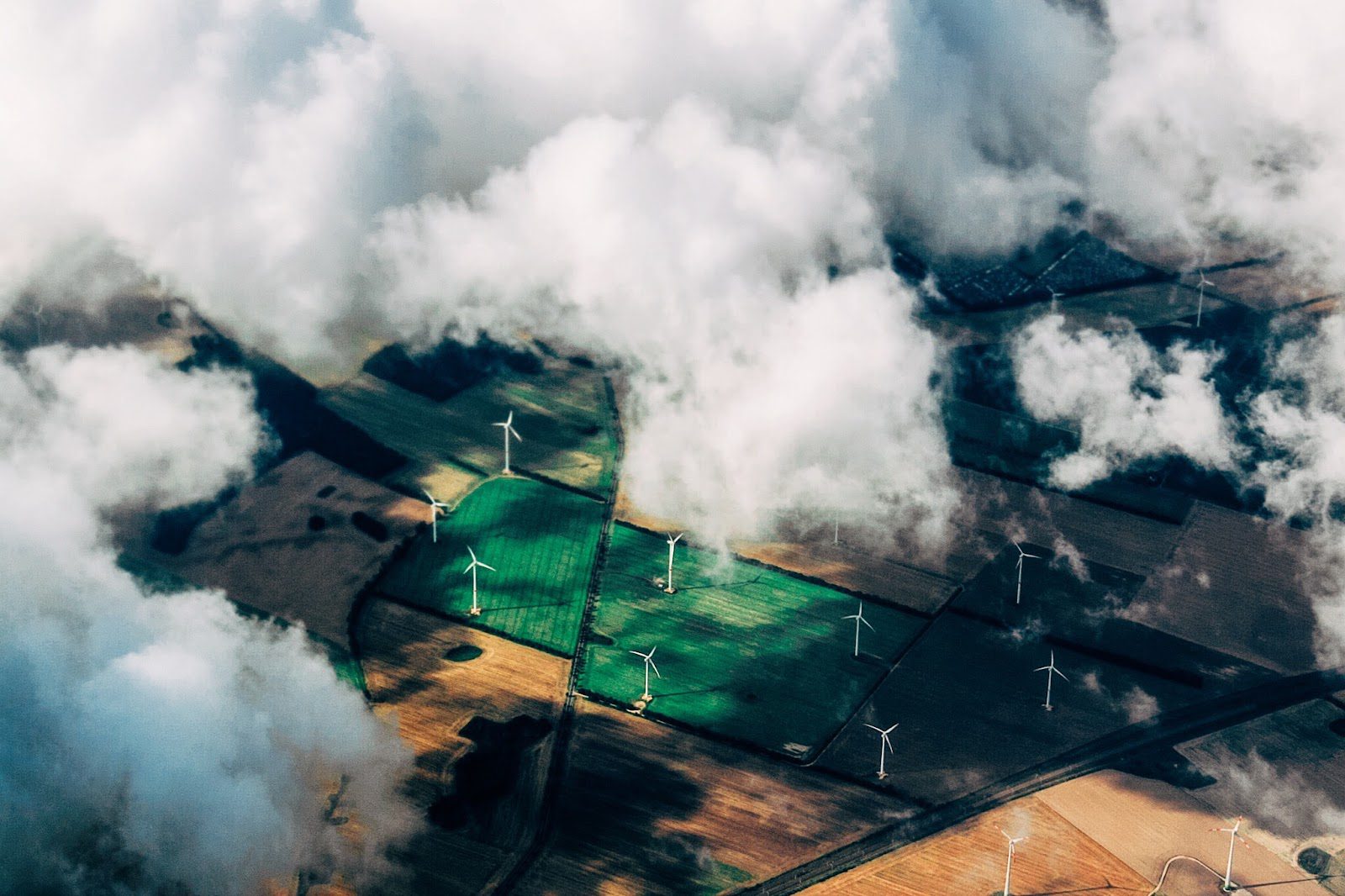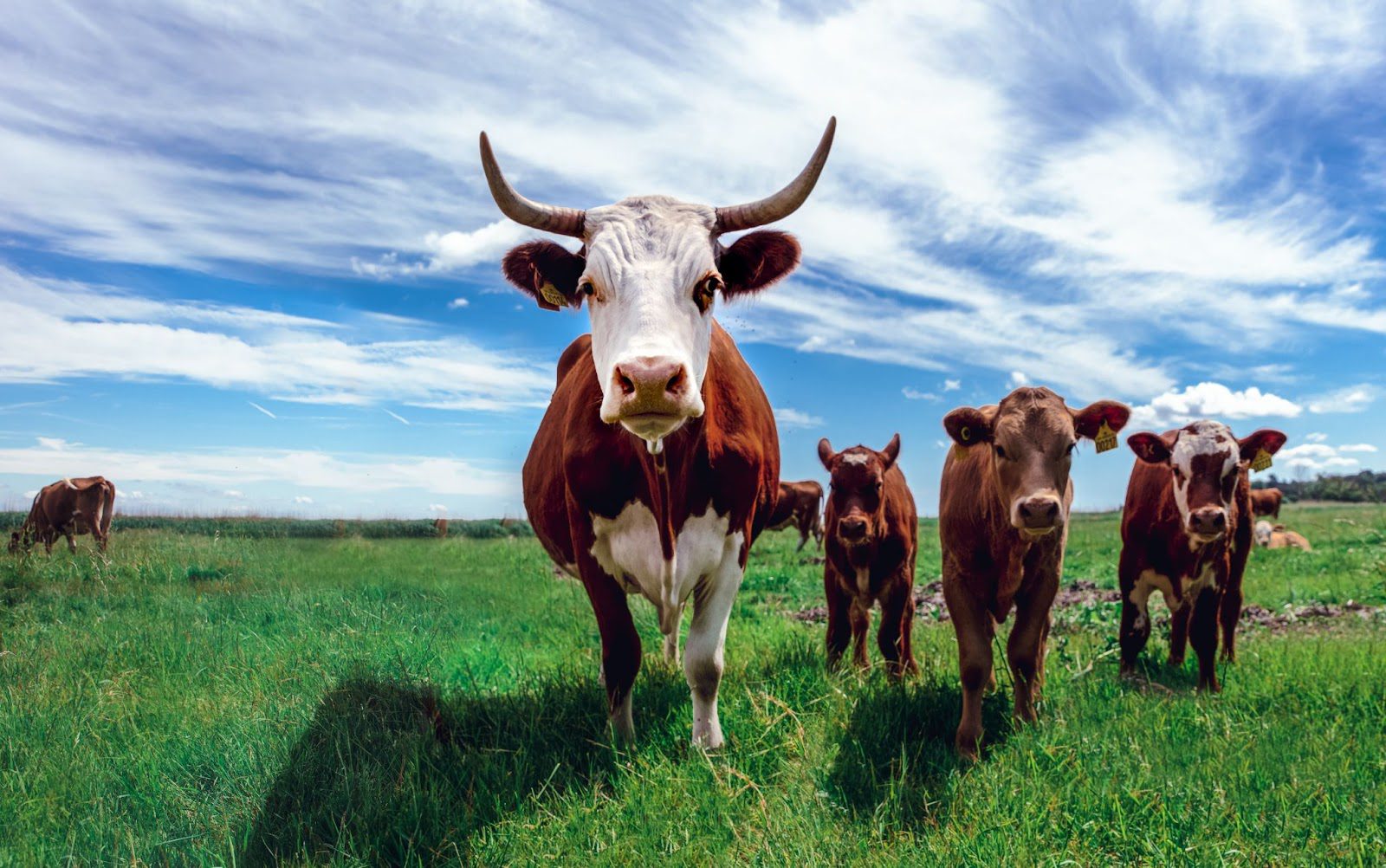With the passing of the federal Inflation Reduction Act last year, efforts to reduce methane emissions in the U.S. have increased. On top of incentivizing consumers to buy electric cars and encouraging businesses to switch to renewable energy, the act created the Methane Emissions Reduction Program (MERP). The initiative falls under the U.S. Environmental Protection Agency (EPA).
It includes financial and technical assistance — more than $1 billion — to help oil and gas companies monitor and report on their greenhouse gas (GHG) emissions. The program also imposes a methane emissions charge; a $900 charge per ton fee begins in 2024, with plans to increase the fee to $1,500 by 2026. This move is the first time the federal government has directly imposed a charge, fee, or tax on greenhouse gas GHG emissions.
Methane Emissions Today
According to the National Oceanic and Atmospheric Administration, a record number of methane emissions have been released into the atmosphere. As of 2021, methane levels were 162% higher than before the industrial boom at the beginning of the 19th century due to technology and globalization having increased travel and reliance on fossil fuels. Around 12% of America’s GHG emissions stem from human activity.
In the U.S., the biggest atmospheric polluters are the oil and gas industry, agriculture — primarily from cows — and landfills. This juncture is where the methane tax in the Inflation Reduction Act is critical: it serves as a signal to industries to reduce their methane emissions greatly.

Photo Courtesy Thomas Richter
Incentivizing Change
So how will the methane emissions tax affect the U.S. climate? By focusing on firms that aren’t implementing methane-reduction or methane-capture technologies in their refineries.
The goal is to encourage compliance through innovation among such firms. Plus, it will help them avoid paying hefty taxes and fees should they have a serious methane leak that would have otherwise gone unchecked.
Additionally, it will encourage oil suppliers to harness the methane for biogas fuel. With drastic developments in capture technology, refineries could benefit from capturing emitted methane and using it to help fund natural gas energy for heating and electricity. This effort aligns with United Nations urging countries to adopt the readily available solutions to curb methane emissions substantially by 2030.

Photo Courtesy Jonas Koel
What About Livestock?
The methane charge addresses oil and gas companies, but what about other areas like agriculture emissions? According to the EPA, cattle accounted for 27.1% of anthropogenic methane emissions as of 2019. Likewise, as of January 2022, the national agricultural inventory said around 40 million cows were raised for the beef and dairy industry. Even though the number indicates a drop in the number of heifers in the U.S. in 2021, the methane problem still exists.
Currently MERP doesn’t address agricultural methane. However, the 2021 U.S. Methane Emissions Reduction Action Plan lays out plans for reducing methane emissions in various areas, including landfills and agriculture. Strategies include sustainable manure management practices and biofuel creation. Similarly, private firms are innovating solutions such as mixing seaweed in cattle feed to reduce methane in cow burps.
For now, the methane emissions tax’s focus is targeting emissions from oil and gas firms. To move the effort forward, the EPA and the U.S. Department of Energy recently announced a partnership to disperse the MERP funding.
“This joint EPA-DOE effort provides the United States with an opportunity to significantly reduce releases of methane, pushing back against one of the primary drivers of climate change,” Michael S. Regan, EPA administrator, said in a statement. “This investment from the Inflation Reduction Act will also incentivize critical reduction of air pollution, particularly in overburdened communities, to protect public health and slow the rate of climate change.”





